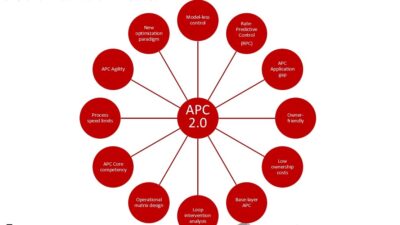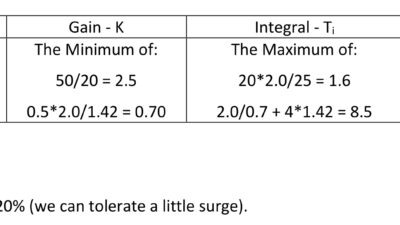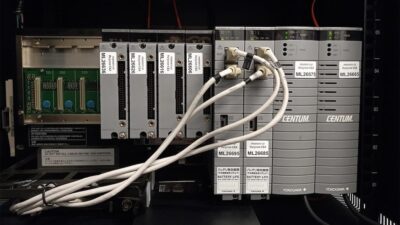The year 2007, as expected, was a successful year for the entire Russian economy. High oil prices and high domestic political motivation for investment ensured fairly good growth rates in most industries. Investors strove to use the favorable situation to the fullest extent and build future-oriented businesses.
The year 2007, as expected, was a successful year for the entire Russian economy. High oil prices and high domestic political motivation for investment ensured fairly good growth rates in most industries. Investors strove to use the favorable situation to the fullest extent and build future-oriented businesses. This is why investments into high-tech industries and industrial automation increased more rapidly. As compared to Russia’s GDP growth rate of 7.6% and investment growth rate of 20%, the rate at which the industrial automation market grew amounted to not less than 30—35%, whereas some market segments skyrocketed at 1.5 to 2 times higher rates.
Apart from the macro-economic and political climate, other reasons also contributed to the favorable environment: the market was stable, with no revolutions or major shocks. The market evolved into a form of ‘mature democracy’, where each market player acted according to what was most profitable to them, choosing optimal solutions from a multitude of offers. Now mass demand is stable and balanced by supply.
Consolidation, diversification
Of course, the Russian industrial automation market was influenced by global corporate trends of 2007, namely consolidation and diversification. Major players bought specialized companies to both strengthen their production and R&D potential and to widen their product lines to go to new vertical markets. In this framework, they tried to gain new benefits by being not only component suppliers but also system solution developers. There are plenty of examples: component producers ( such as Advantech, Belden, PLANAR, etc.) sought to widen their offerings with adjacent products or get to new vertical markets with complete solutions On the other side, system producers and automation professionals try to buy firms that produce components and technologies used in their systems (GE Fanuc, Siemens, etc). Russian automation companies are not yet powerful enough to afford acting like steel tycoons, but we should note the strengthening of many companies on the domestic market and the fact that more of them went out to the international market. These days nobody is surprised when Russian companies get contracts to automate production abroad and take part in international exhibitions with ready-made competitive products, not just some abstract ideas.
For instance, the Fastwel company is well known at all major industrial automation and embedded systems forums throughout the world. Its line of high-reliability computing modules was enhanced last year with new PC/104+ and PC/104-Express boards based on Pentium M processors and OEM producer oriented COM-modules. For the domestic market Fastwel began production of AdvantiX industrial computers, which means that the company wants to move from component production to complete system and solution delivery.
Speaking about the vertical markets, it’s impossible not to mention the oil and gas industry in this day and age. This main driver of Russian economic development has ensured high demand for all components of intrinsically safe systems as well as systems with an HMI, allowing the operator to get more information and wake timely and adequate process control decisions.
For more information on emerging trends and key automation drivers in Russia, visit www.controleng.com/global .



